Consolidate talent management with HR software tailored to your company's specific needs.
Our clients love our service, experience today!
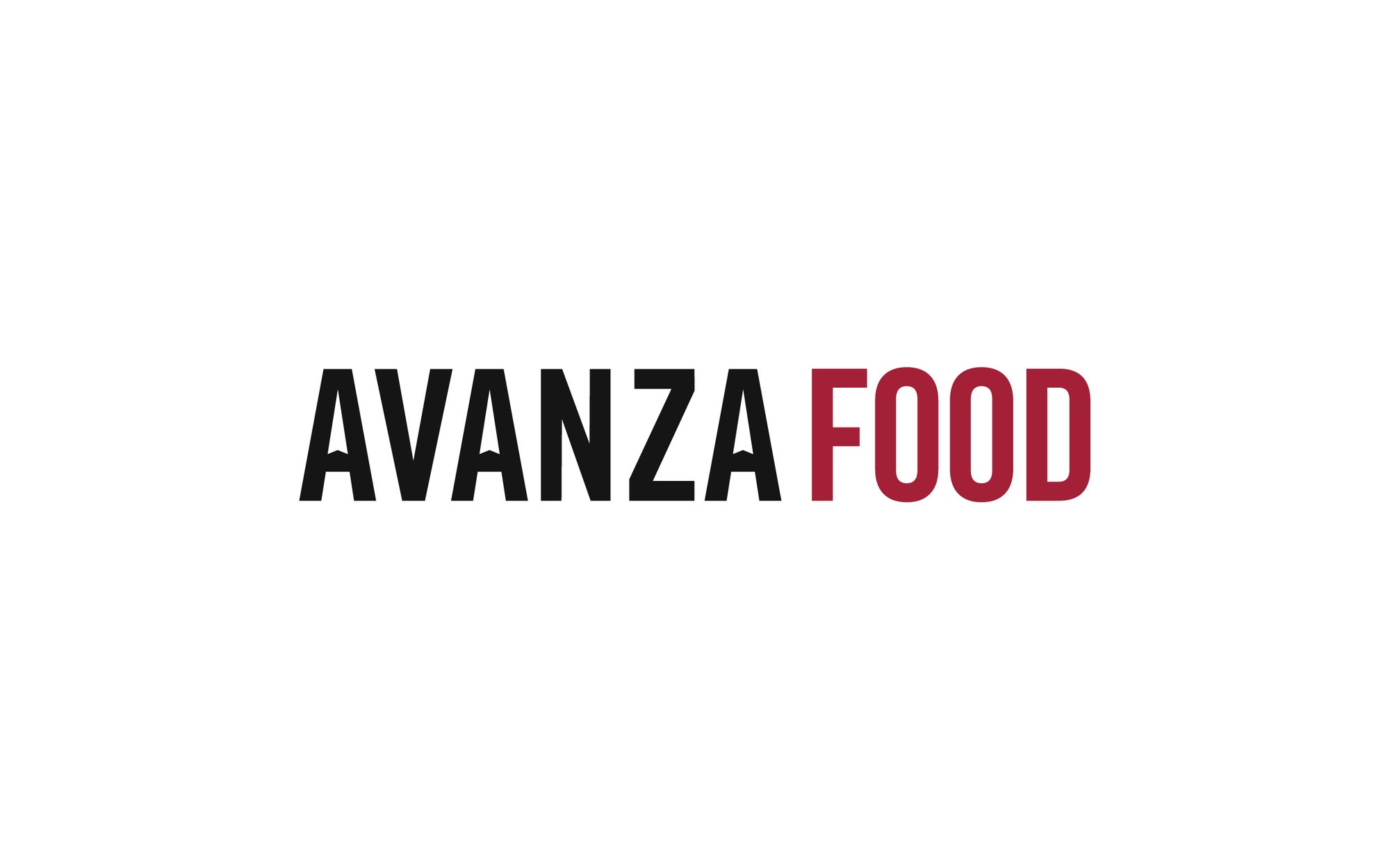
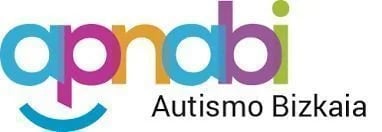

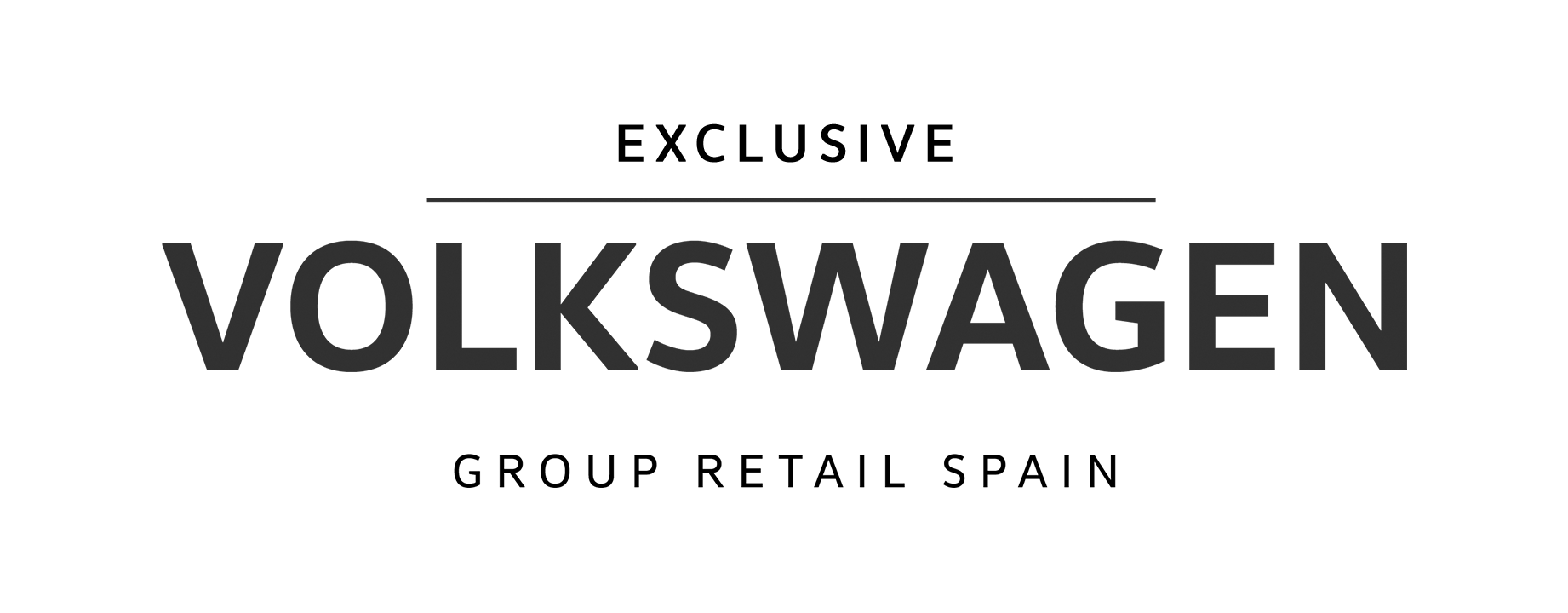

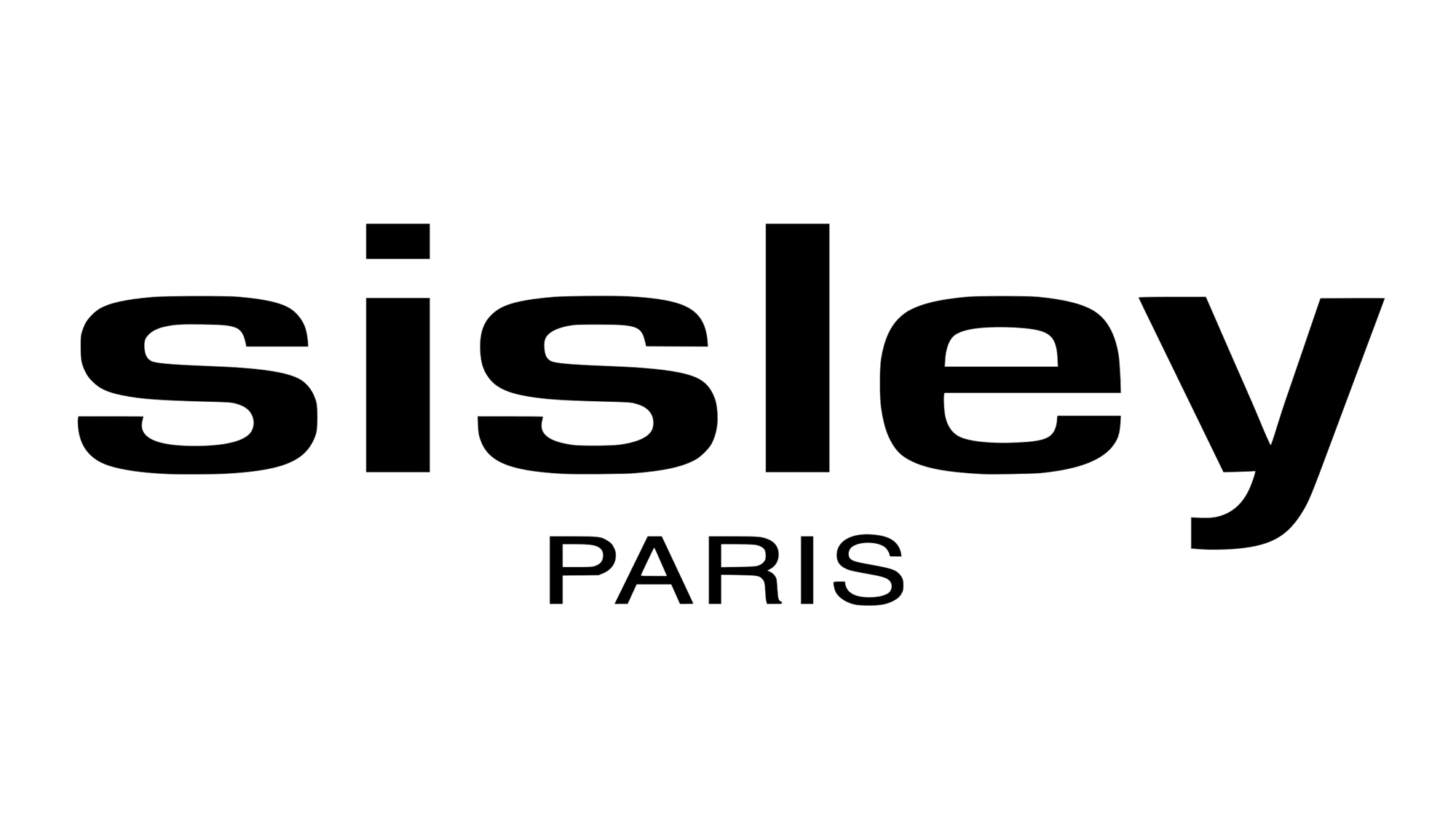
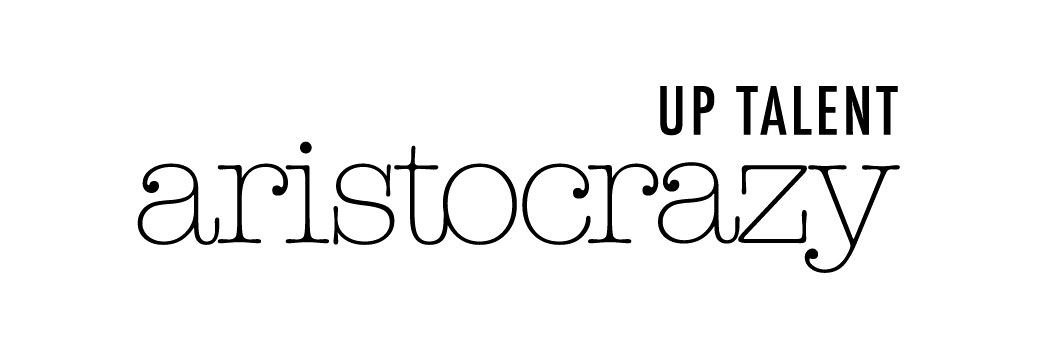
Ways to integrate data with OpenHR
To integrate software with OpenHR, you can follow three main ways of data exchange:

File exchange with scheduled task
- This form of integration involves transferring data using flat files, such as CSV, TXT or Excel files.
- To implement this integration, you can use the powerful file import and export engine provided by OpenHR.
- Define the format of the files according to the requirements of OpenHR and the software you want to integrate.
- OpenHR processes the files and updates the corresponding information in its platform.
- This form of integration also involves the automatic execution of a task on a specific schedule to update the data between your software and OpenHR.
- Define the tasks you want to run on a scheduled basis, such as synchronising employee data, holidays, or any other relevant information.
- Make sure these tasks are designed to interact with OpenHR securely and efficiently, using the data exchange options that best suit your needs.

API and web services
- OpenHR provides a comprehensive API that allows interaction between OpenHR and other systems.
- To integrate your software with OpenHR via API, first familiarise yourself with the API documentation provided by OpenHR.
- Develop the necessary logic in your software to consume the OpenHR API endpoints according to your data exchange needs.
- Implement appropriate authentication (e.g. via access tokens) to ensure secure access to the OpenHR API from your software.
- Use OpenHR's API capabilities to read, write and manipulate data on your platform, as required by your integration.

Read-only view on the client database:
- OpenHR will need access to the read-only view previously created by you in your database.
- We will ensure proper access to the read-only view in your database, guaranteeing the security and confidentiality of your data.
- We will apply all necessary transformations to the extracted data to make it fully compatible with OpenHR, including date formatting and data type changes as required.
- We will synchronise the data in OpenHR in an orderly and structured manner.
- We will use transactions during import to ensure data integrity and consistency, avoiding any loss or corruption of information.
- Use OpenHR's API capabilities to read, write and manipulate data in your platform, as required by your integration.
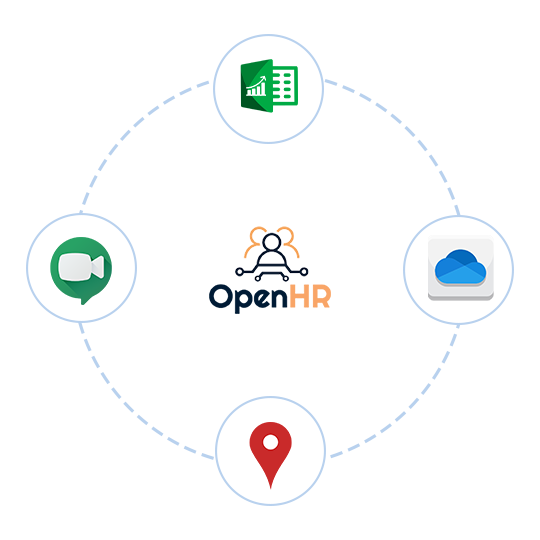
Use the OpenHR APIs to integrate with other software you already have in your business
We facilitate the exchange of information through files, APIs
OpenHR offers a complete API that allows users to read and write data on the platform in a flexible way. Unlike other solutions, the OpenHR API is free, highly adaptable and can be customised to the specific needs of each client.
These API integrations facilitate workflow by updating data in real time, such as creating a new candidate's profile in the payroll software at the time they are hired through our recruiting programme.
Our data exchange toolset also includes a robust flat file import and export engine, making it easy to integrate with legacy systems that do not support APIs. These integrations are also customisable, allowing customers to tailor formats to their requirements through custom mappings.
This makes it possible to build highly advanced environments in which OpenHR serves as the centralised HR repository, seamlessly integrated with any other enterprise management system.
Demo
Book your demo
Request a free demo with a member of our team to discover the key features of OpenHR that will improve your company's HR management.
-Schedule a time on the calendar
-You will receive a confirmation of your demo
-We will conduct the OpenHR demo with you
Do you have questions?
In this section we have compiled information to help you solve any questions you may have. If you do not find the answer you are looking for, do not hesitate to contact our team.
What are the advantages of OpenHR APIs?
Through APIs, organisations can update workflows to make them faster and more productive. Needs change over time and APIs help companies connect different software intermediaries. Some of the benefits of using APIs are as follows:
Interoperability: with an API you can create an application that can be used to distribute information and services between other applications.
Customisation: Through APIs, any user or company can customise the content and services they use most, ensuring that a wide range of information can be retrieved and modified.
Integration: APIs allow content to be embedded from any site or application more easily.
What data can I import into OpenHR?
- Employee personal and contract data from payroll.
- Workday records from time and attendance records.
- Employee salary data.
- Employee absence and leave data.
- Incentive and recognition programme details.
- Workforce planning data and growth projections.
Can I integrate with OpenHR even if I don't have the API?
If you don't have access to a connection API or don't want to use one, you can opt for the scheduled task file exchange option or through a read-only view that OpenHR can access to read the data securely.
What is SSO and how to use it with OpenHR?
Single sign-on (SSO) is a tool that simplifies the authentication process for all users of our platform. With SSO, saying goodbye to the tedious task of creating, maintaining and deleting individual credentials becomes a reality.
Logging into our platform is easier than ever thanks to the authentication system you already use in your organisation. Whether you use Microsoft 365, Active Directory, Google Workspace or any SAML 2.0 provider, single sign-on allows you to log in quickly and securely.
Implementing single sign-on not only revolutionises the user experience, but also alleviates the administrative burden associated with managing accounts in the enterprise. In addition, it helps strengthen security and GDPR compliance by adhering to the most rigorous standards provided by the world's leading authentication systems.
Translated with DeepL.com (free version)


